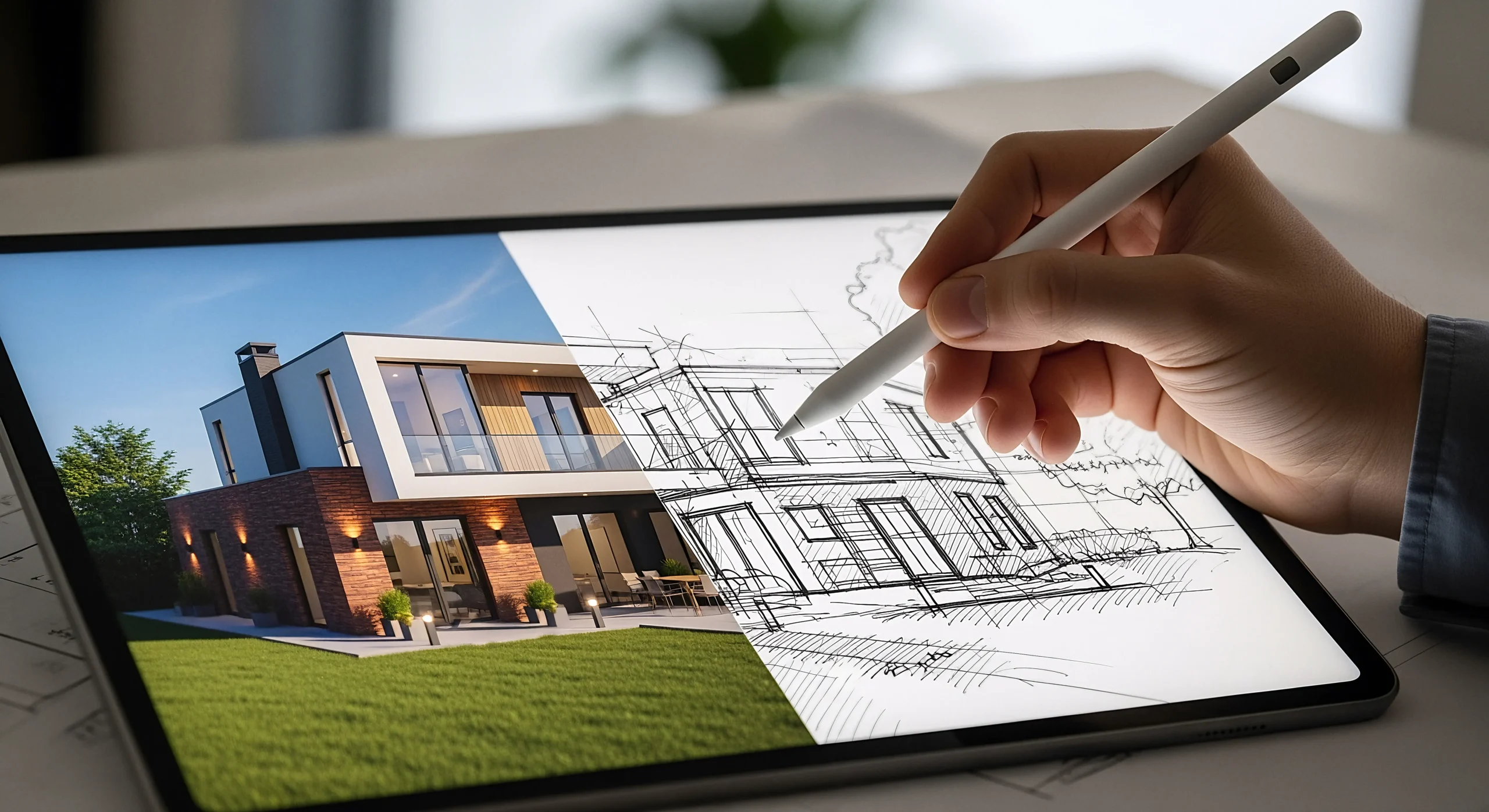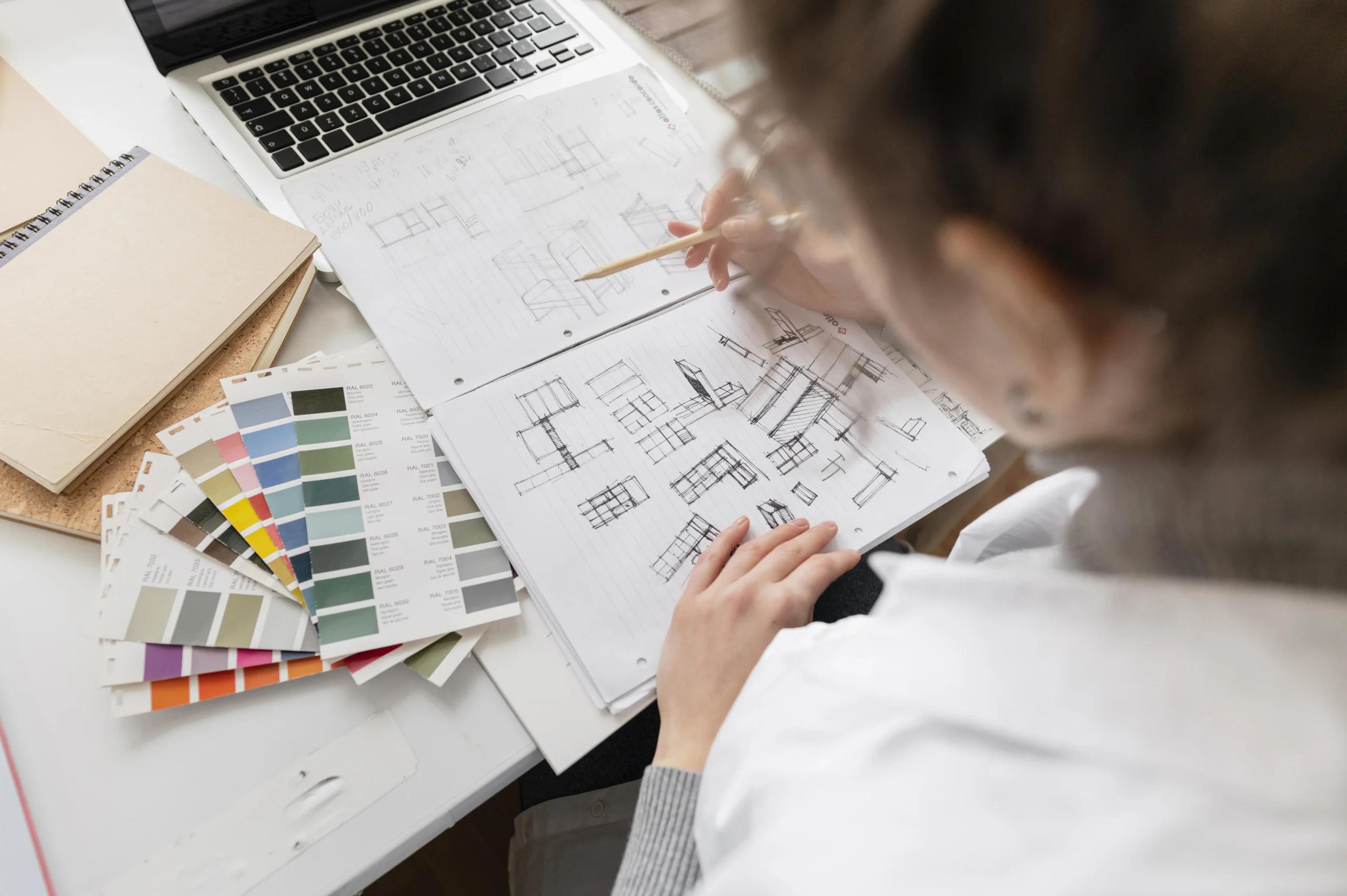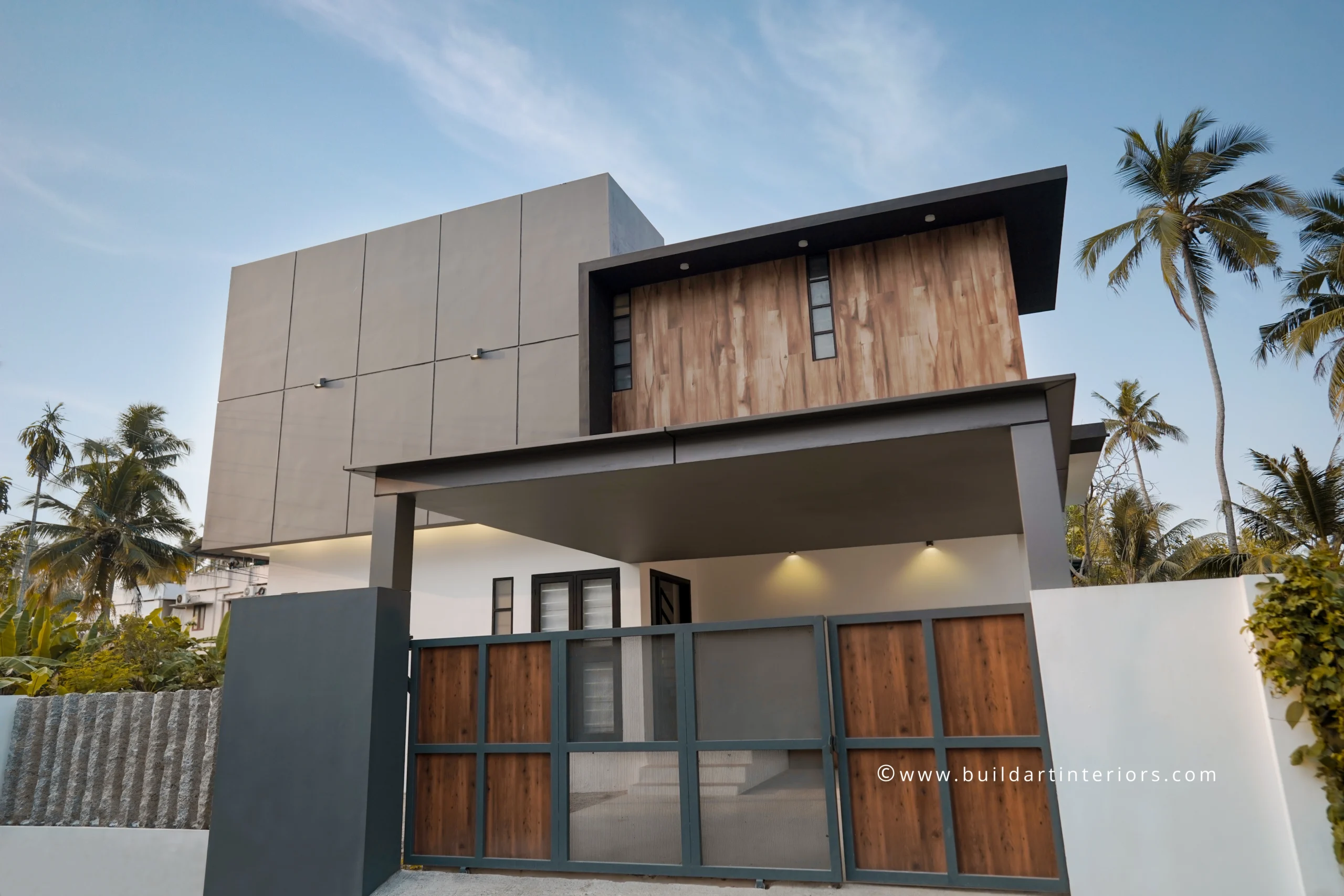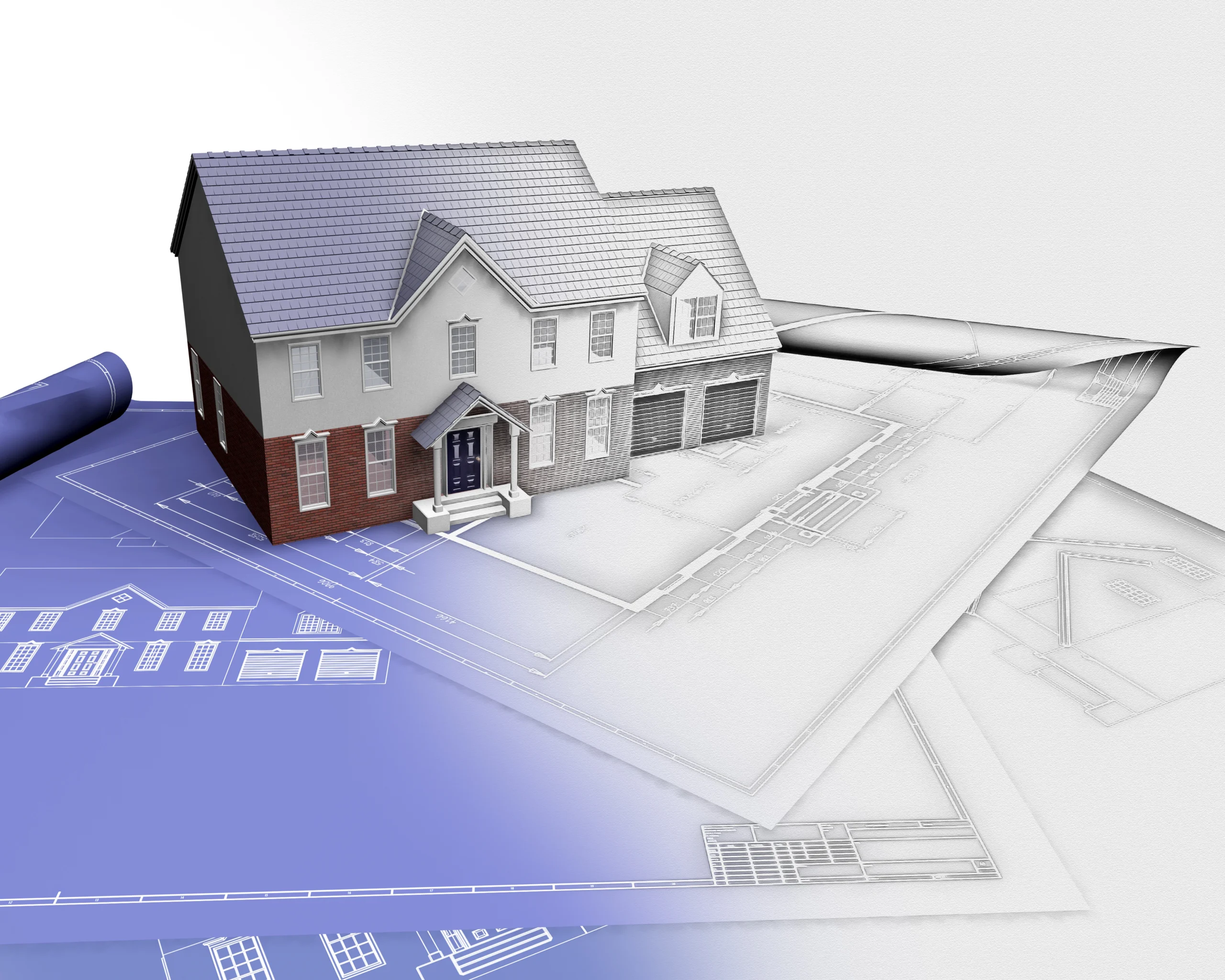


The construction industry has always been one of the most important sectors of the economy, responsible for building and maintaining the infrastructure that supports our daily lives. However, in recent years, the industry has been facing a number of challenges, such as rising costs, labor shortages, and the need to be more sustainable and efficient. To meet these challenges, the construction industry is turning to emerging technologies that promise to transform the way we build and maintain buildings and infrastructure.
One of the most promising technologies that is being adopted by the construction industry is Building Information Modeling (BIM). BIM is a digital tool that allows architects, engineers, and builders to create detailed 3D models of buildings and infrastructure, which can be used to visualize and simulate the construction process. This allows for more accurate planning and scheduling, as well as the ability to identify potential problems before they occur. BIM also allows for greater collaboration between different stakeholders, such as architects, engineers, and builders, which can lead to more efficient and cost-effective construction projects.
Another technology that is changing the construction industry is drones. Drones are being used to survey land, inspect buildings, and even perform site inspections. Drones are equipped with cameras and sensors that can gather data on the site and provide high-resolution images and videos that can be used to plan and execute construction projects. Drones are also being used to inspect bridges, buildings, and other structures for signs of wear and tear, which can help identify potential problems before they occur.
Another technology that is being used in the construction industry is virtual reality (VR). VR allows architects and builders to create virtual models of their buildings and infrastructure, which can be used to visualize and simulate the construction process. VR also allows for greater collaboration between different stakeholders, such as architects, engineers, and builders, which can lead to more efficient and cost-effective construction projects.
Finally, 3D printing is also transforming the construction industry. 3D printing is being used to create a wide range of building components, such as walls, floors, and roofing materials. 3D printing can also be used to create complex geometries that are difficult to create using traditional construction methods. This technology can also be used to create custom components, such as architectural features and sculptures, which can be used to create unique and interesting buildings and infrastructure.
In conclusion, the construction industry is facing a number of challenges, such as rising costs, labor shortages, and the need to be more sustainable and efficient. To meet these challenges, the industry is turning to emerging technologies that promise to transform the way we build and maintain buildings and infrastructure. These technologies, such as BIM, drones, VR, and 3D printing, are making construction more efficient, cost-effective, and sustainable. The future of construction is looking bright, and we can expect to see more and more innovative technologies being adopted by the industry in the coming years.

Read More

Read More

Read More

Read More

Read More

Read More

Read More

Read More

Read More

Read More

Read More

Read More

Read More

Read More

Read More

Read More

Read More

Read More

Read More

Read More

Read More

Read More

Read More

Read More

Read More

Read More

Read More

Read More